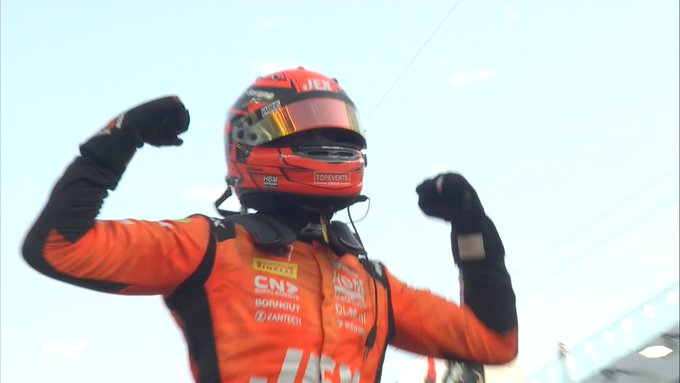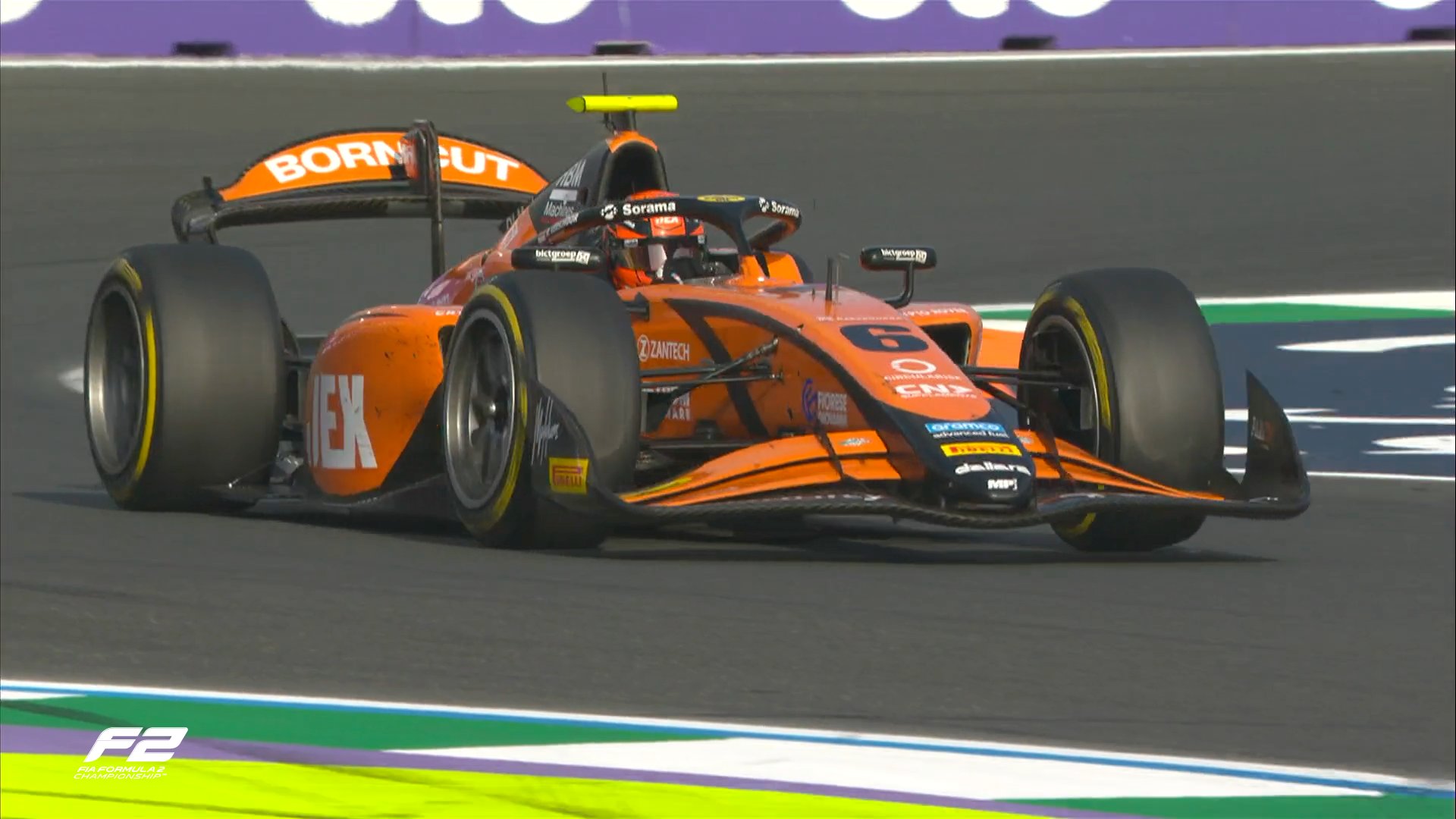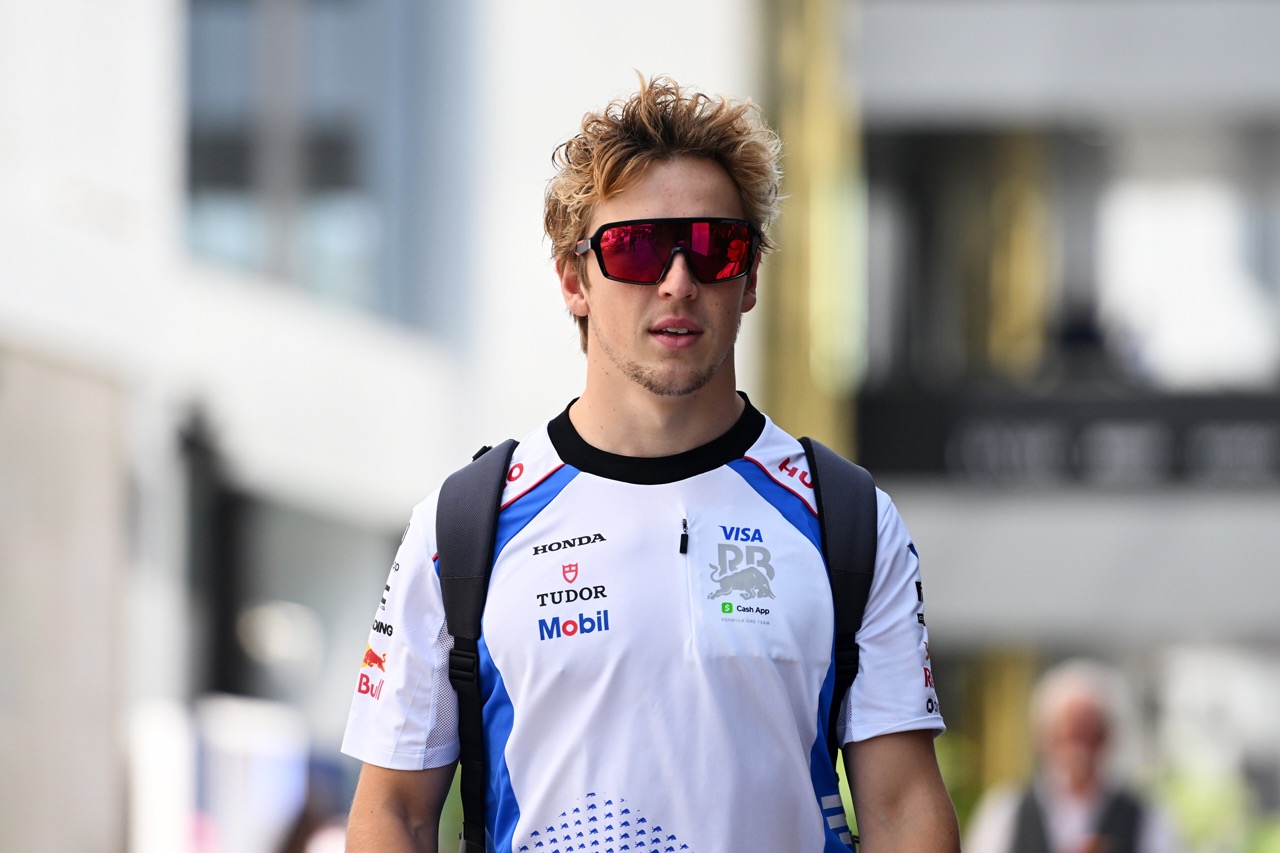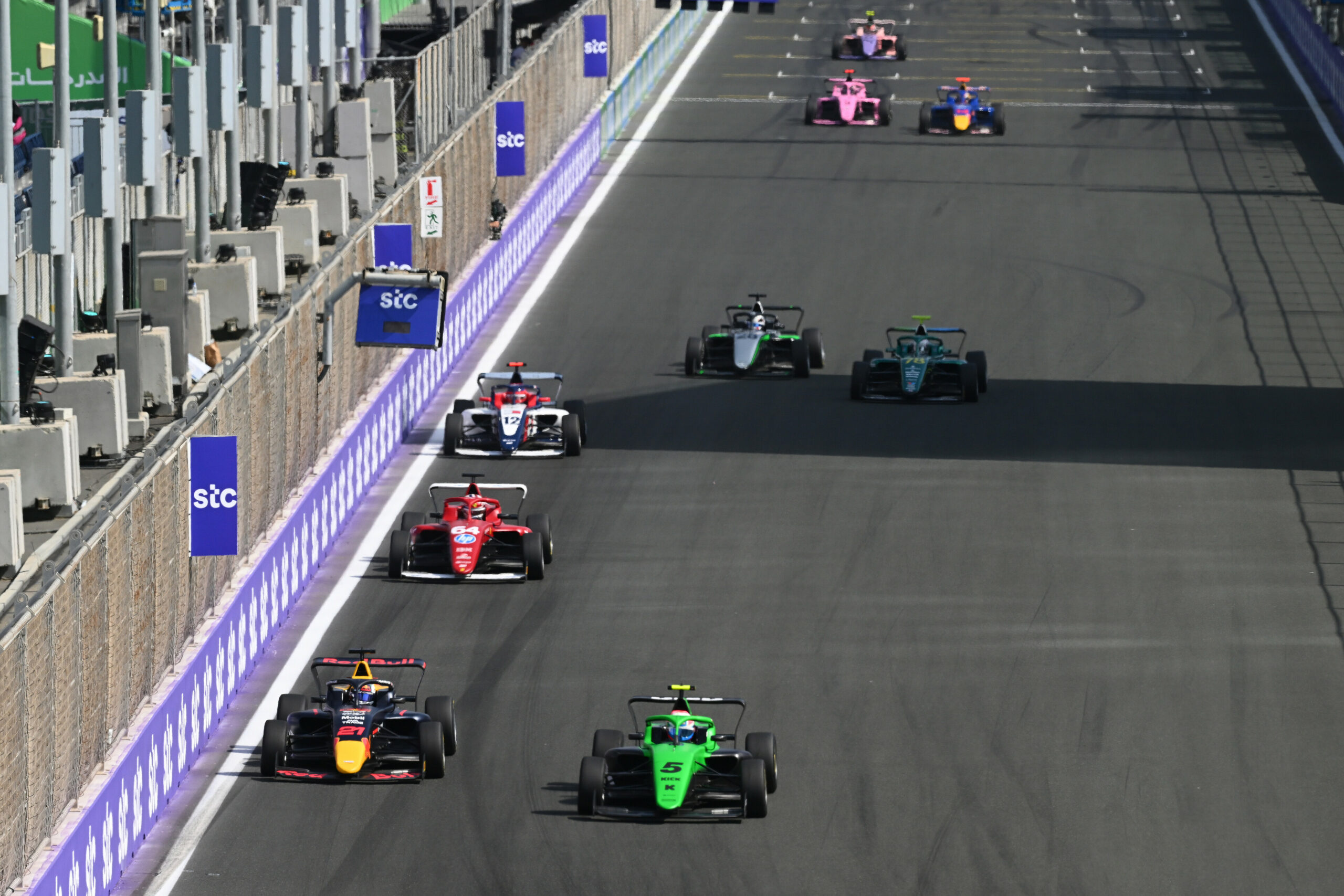In this piece, Pit Debrief wants to guide you through the basics of the Indianapolis 500.

No matter what other series wants to make you believe, the Indy 500 is the Biggest Spectacle in Racing, no doubt about that. But, to all those people that are used to Motorsport categories based mostly in Europe, Indianapolis can prove to be a bit of a challenge to understand, as the race is so different to any other in the world.
We want to guide people that want to have a go at watching the race, and give you a run down on all the basics that you need to know before turning on your TV to watch it.
1) THE venue

Yes, THE venue, with capital letters.
The Indianapolis Motor Speedway, located at the city of Indianapolis, Indiana, is not the common venue, it’s centenary.
It opened in 1909 as a test track for road cars at the time and a circuit for the early motorsport that took place at the time.
At the start, the cars raced on a surface composed by crushed stone sprayed with tar and it was not safe, with stones hitting drivers. So, the owners decided to resurface with 3.2 million bricks. That’s why the track is commonly nicknamed “the brickyard.”
You can still see a yard of the original bricks being used as the start/finish line. Winning drivers traditionally kiss the bricks, as a form of honoring the great tradition of the Speedway.
2) The cars

The 33-car field is fully composed of the Dallara DW-12 chassis with the AK-18 aero kit. Teams can choose between two engine manufacturers: Honda and Chevy.
It cannot be considered a spec-series, as teams can develop the dampers and springs, altering the behavior of the car. That’s why we see teams like Chip Ganassi and Arrow McLaren having more pace than Rahal Letterman Lanigan for example.
The car has safety features such as the Aeroscreen, developed by the Red Bull F1 Team, an alternative to the Halo used by Formula 1. Time and time again the DW-12 shows his reliable safety, as crashes over 230mph are the rule here.
3) The 33-car field and teams

Some fans may have already heard some of these names. Teams such as Team Penske, Chip Ganassi Racing, Andretti Autosport, AJ Foyt Enterprises, and Rahal Letterman Lanigan are traditional here.
Others like Arrow McLaren, the IndyCar division of McLaren Racing, and Meyer Shank are challenging these established organizations.
Dale Coyne Racing, Abel Motorsports, Juncos Hollinger Racing and Dreyer & Reinbold Racing are also in the field.
But all of those teams have to fight over the traditional 33 spots in the race. When there are more entries than spots, Bump Day happens, and any driver placed 34th or lower doesn’t qualify and they are unable to race.
Something important here is that who qualifies at the Indy 500 is the CAR, and not the driver. So, if it driver X doesn’t qualify with car Y, he can manage a deal to drive another car and be on the field. If a driver swap happens, the car goes to the back of the field but is able to race.
An example of that happened this year: Graham Rahal was unable to qualify in his No. 15 Rahal Letterman Lanigan. But he got a reprieve, because driver of the No. 24, Stefan Wilson, was declared unfit to race after a crash in practice on Monday.
Rahal was called to drive the No. 24 and will start last in Sunday’s race.
4) The racing

The Indy 500 is called the biggest spectacle in racing for a reason: the racing is fantastic.
It’s 200 laps, 500 miles, with cars running at 230mph on average and being able to fight with each other during the whole race: you can see cars overtaking everywhere for every single position.
The Indy 500 is more or less 3 hours long, so it is a game of chess at the first 150 laps. You are able to see different strategies being made, different numbers of pit stops, different strategies on track position, etcetera.
But in the last 50 laps, the chaos begins. Every driver in the field attacks the most to try and get to the front. The one that wins the 500 becomes a legend of the sport immediately. Watching the Indy 500 is watching motorsport history unfolding in front of your eyes.
5) The drivers

This year, we have nine former winners attempting to win again: Helio Castroneves with his 4 wins, the Brazilian is the record holder for most wins at the speedway, together with AJ Foyt, Al Unser, and Rick Mears; Takuma Sato, a two-time winner well known for his time in Formula 1; Scott Dixon, American motorsports Hall of Famer and six-time IndyCar champion; Tony Kanaan in his last race; Ryan Hunter-Reay; Alexander Rossi; Will Power; Simon Pagenaud and Marcus Ericsson, yes, that Marcus Ericsson. He is the defending champion.
Amongst the non-winners, there are some famous names, such as Pato O’Ward, Josef Newgarden, Scott McLaughlin, Felix Rosenqvist, Alex Palou, Romain Grosjean, Colton Herta, Marco Andretti, Katherine Legge – the only female driver on the field – you name it!
Also, a highlight to the youngsters trying to challenge the Speedway, amongst them some names you will recognize from Formula 2 in recent years: Callum Ilott, Christian Lundgaard and Santino Ferrucci, as well as David Malukas, Kyle Kirkwood, Sting Ray Robb to name just a few.
The grid is stacked up with talent, and all of them have the same goal: drink the milk and kiss the yard of bricks after 500 miles of pure racing.So, join us, and enjoy the Biggest Spectacle in Racing! This is the Indy 500!





